

Tell Basta Bubastis
Tell Basta is an archaeological site next to the city of Zagazig, Sharqia Governorate. It was an important religious center of ancient Egypt.
Bubastis
Sharkia Governorate is rich in many Coptic, Islamic and Pharaonic antiquities, dating back to different eras of Egypt’s history. Sharkia Governorate contained four capitals of ancient (Pharaonic) Egypt and they are in order het-wearet (Awaris), the current Tell el-Dabaa, the capital of the Hyksos in the era of the Second intermediate period, and Barramesses (Qantir) currently. The capital of the Nineteenth and Twentieth Dynasties, The city of Tanis contains one of the greatest archaeological treasures.It produced the royal tombs of Tanis which was once the capital of all Egypt. Tanis San Hajar the capital of the Twenty-first Dynasty, Tell Basta is an archaeological site next to the city of Zagazig, Sharqia Governorate. It was an important religious center of ancient Egypt. Tell Basta (Bar-Bastet) the capital of the Twenty-Second Dynasty. The "Tel Basta" archaeological area is located about 80 km northeast of Cairo, and 3 km southeast of the city of Zagazig. The site has been known since ancient times as "Bar Bastet" or "Bubastis" which means the home of the goddess "Bastet", the ancient deity in the form of cat, “Tel Basta” was the capital of the 18th province in the ancient Egyptian state. The area of ????the ruins of Tell Basta is an archaeological site next to the city of Zagazig, Sharqia Governorate. It was an important religious center of ancient Egypt. Tell Basta was considered an important and huge religious center during the times of the Pharaohs, and this was evident in what the Greek historian Herodotus described, the celebration of the main feast of the goddess “Bastet” as being attended by more than seventy thousand Egyptians from all over Egypt. Although this number is exaggerated, it indicates On the religious and historical importance of Tel Basta this is in line with the role of the goddess “Bastet” as a goddess of love and happiness among the ancient Egyptians, who made it a crime to kill the cat as it is the sacred symbol of the goddess “Bastet.”
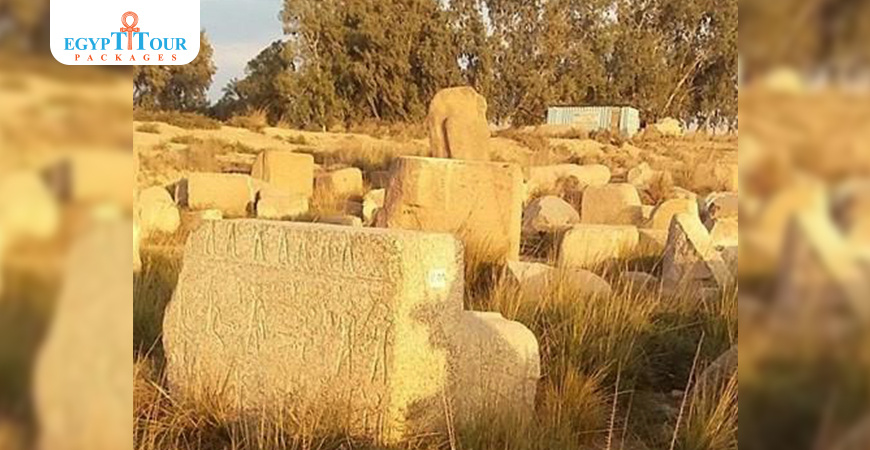
Tell Basta(The great Bastet Temple)
The archaeological sites in Egypt are distinguished by their diversity, as the ancient Egyptian one was characterized by its architecture, which still enjoys its splendor and attracts visitors from all over the world, and among those sites is the “Bastet” Temple in the Tel Basta area. The "Bastet" Temple is one of the main temples dedicated to the goddess "Bastet" in the Old Kingdom, who was associated with women's fertility. She also served as a protective and protective deity. Originally, she was depicted in the form of a female lion and later a cat.According to Herodotus, who visited Per Bastet in the fifth century BC, that although there are other temples larger and more prestigious than the Temple of Bastet, none of these temples are more pleasing to the beholder than this temple, as it is surrounded by The temple has two canals and is lined with trees, allowing for a wonderful view of the city.During the Twenty-Second Dynasty, when Bar-Bastet became the capital of Egypt, the Temple of Bastet was expanded, and many materials were reused from previous buildings, the oldest of which were two blocks of red granite from the reigns of King Khufu and King Khafre of the Fourth Dynasty, according to the Ministry of Foreign Affairs. Tourism and antiquities.Additions to the temple continued in the Twenty-Second Dynasty by King Osorkon I, whose name appeared at the entrance to the temple. A huge gate for Osorkon II was erected behind the courtyard, decorated with scenes of him celebrating Hebsed, or his thirtieth anniversary.In the far west, a long corridor leads to a hypostyle hall built by Osorkon II with columns made of papyrus bundles and columns with Hathorian capitals. The far western end of the temple, which contained the Holy of Holies, was also renovated by the last Egyptian king of the Dynastic Era, the last king of the Thirtieth Dynasty, King Nectanebo the second.
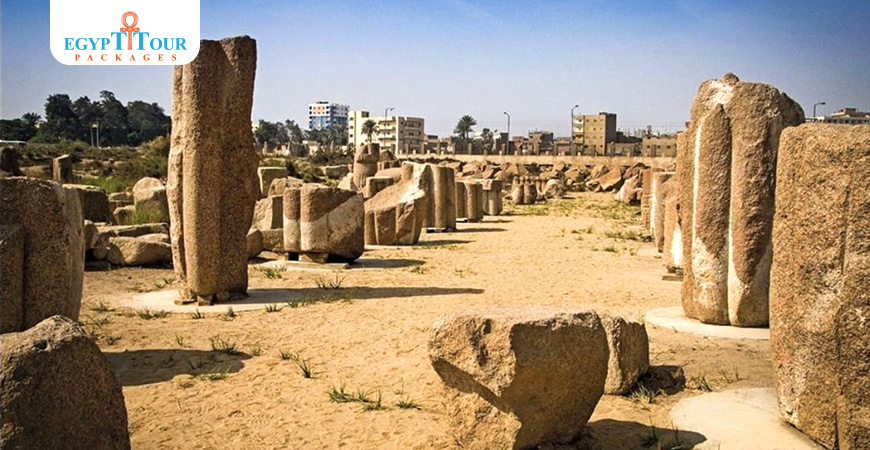
The goddess Bastet
People now have cats in their homes. They take care of them treat them well, and avoid hitting them. They believe that spirits and jinn take on the bodies of these cats and appear in their shapes. The explanation for these mysterious ideas and beliefs is that cats were one of the deities of the ancient Egyptians namely the deity (Bastet). Bastet one of the deities of ancient Egypt was worshiped in the form of a cat and merged with the goddess Sekhmet in the New Kingdom. In contrast to Bastet the meek cat Sekhmet is depicted in the form of a predatory lioness. When Bastet gets angry she becomes Sekhmet and takes revenge on enemies and those with bad morals.The city of Tell Basta is an archaeological site next to the city of Zagazig, Sharqia Governorate. It was an important religious center of ancient Egypt. Tell Basta in Sharqia Governorate was the center of worship of the cat which symbolized the goddess Bastet, the daughter of the sun god Ra the goddess of tenderness and gentleness. Therefore it was closely linked to women, and one of its famous forms was that of a woman with the head of a cat. Bastet is famous for its statues made of bronze, gold and stones that decorate museums around the world, and the land of Egypt in various temples and archaeological areas.
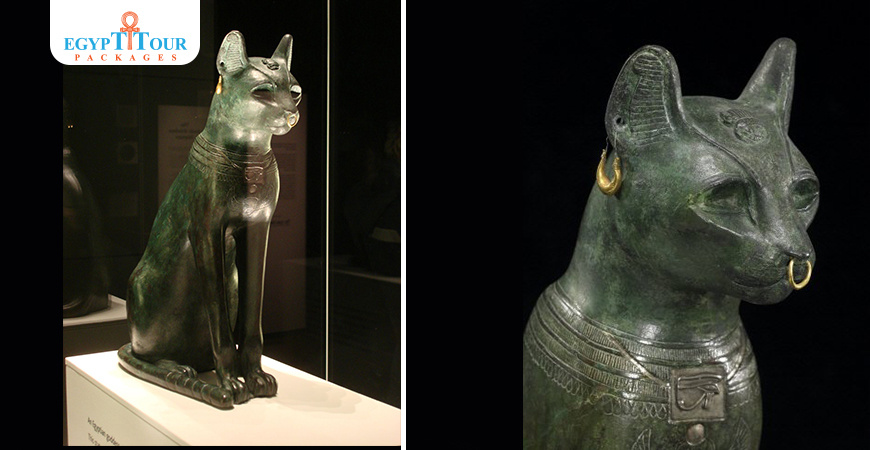
Post A Comment
Your Email Address Will Not Be Published.



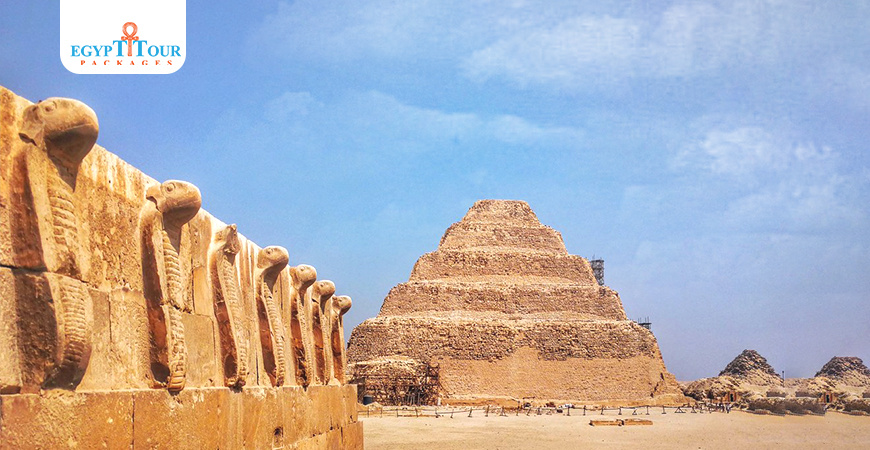







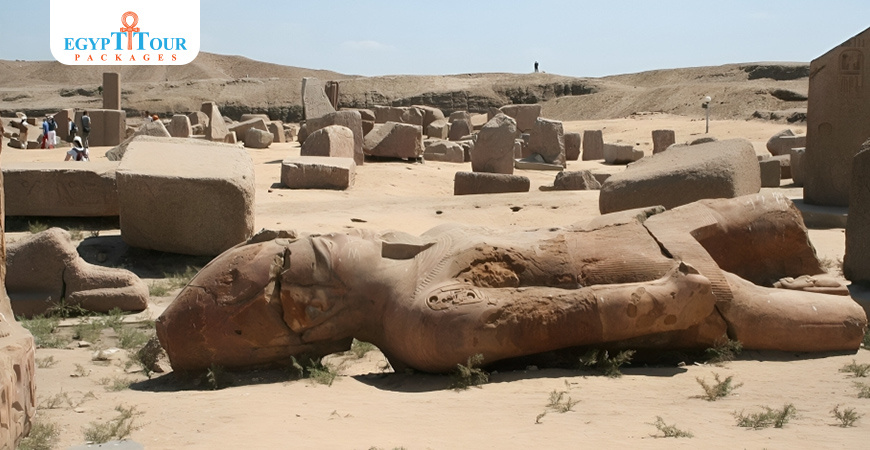


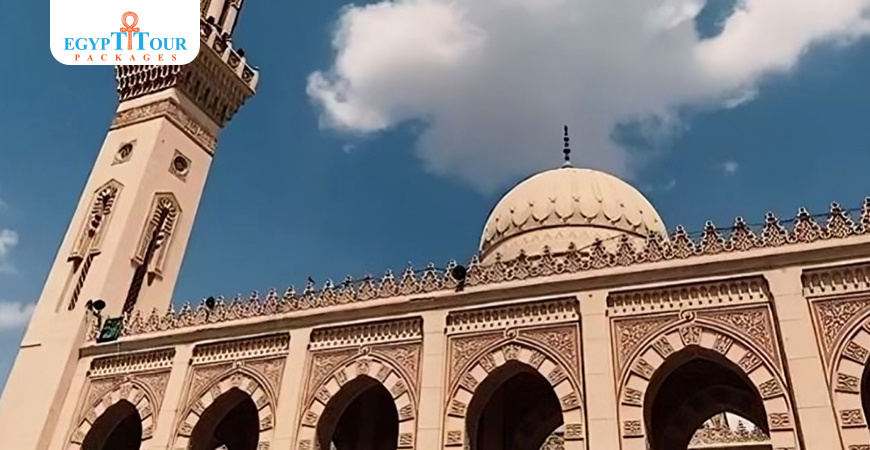


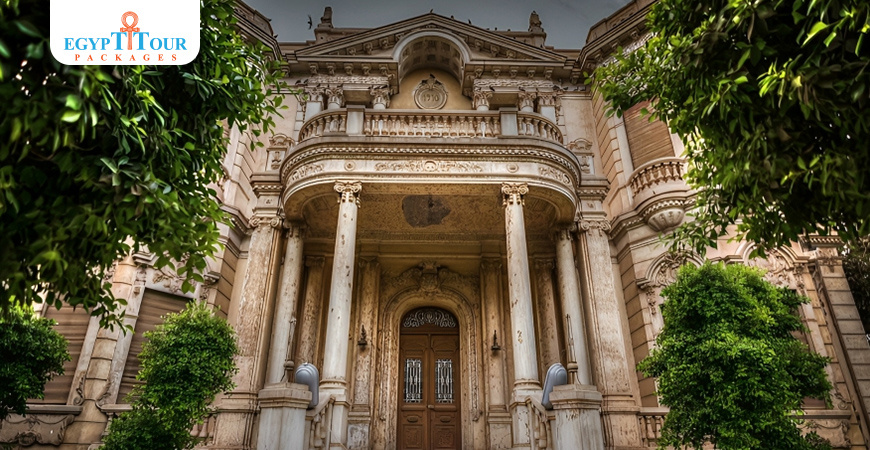
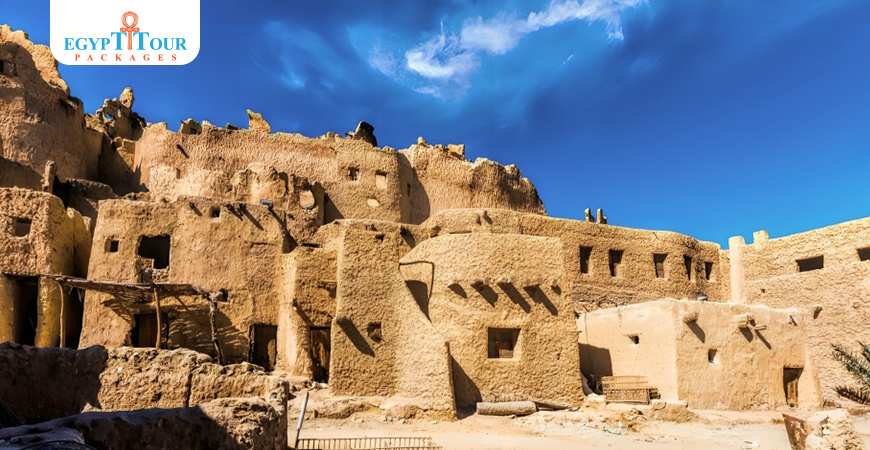
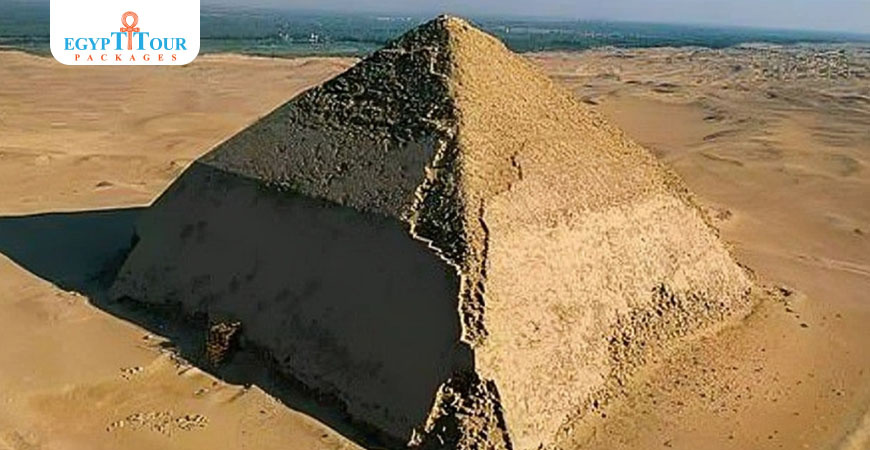
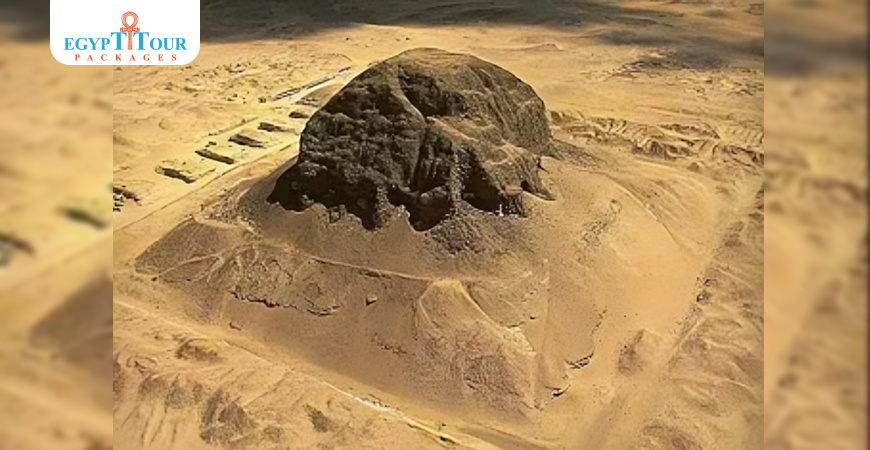
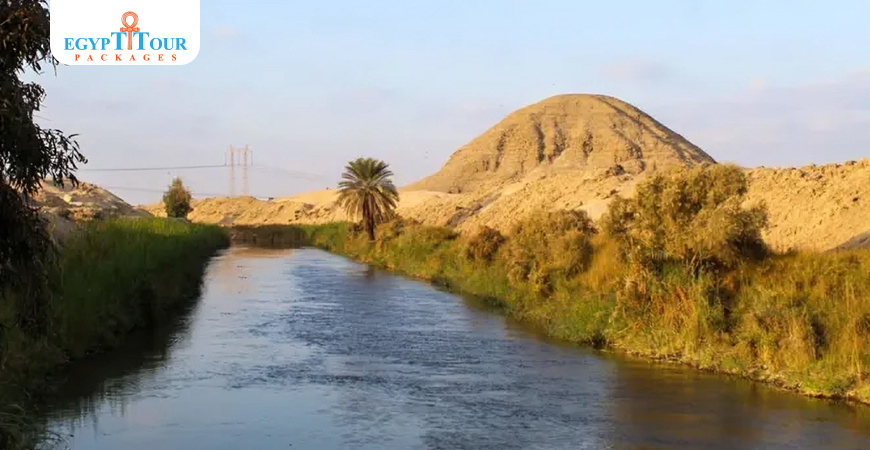
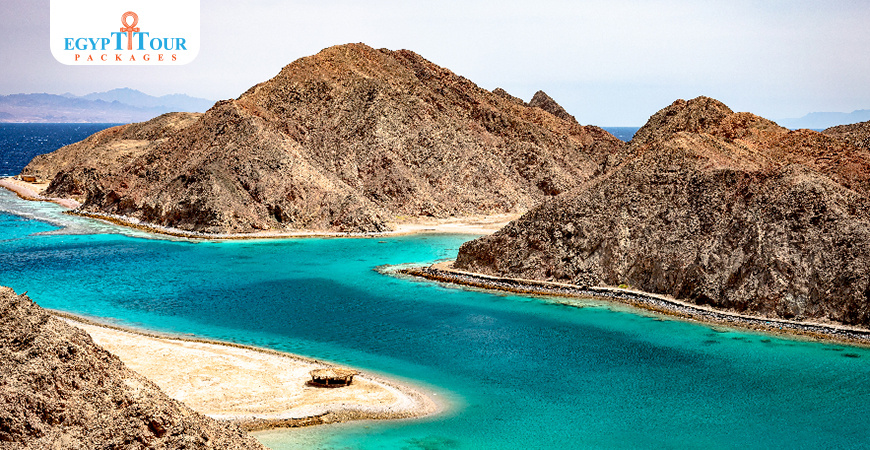

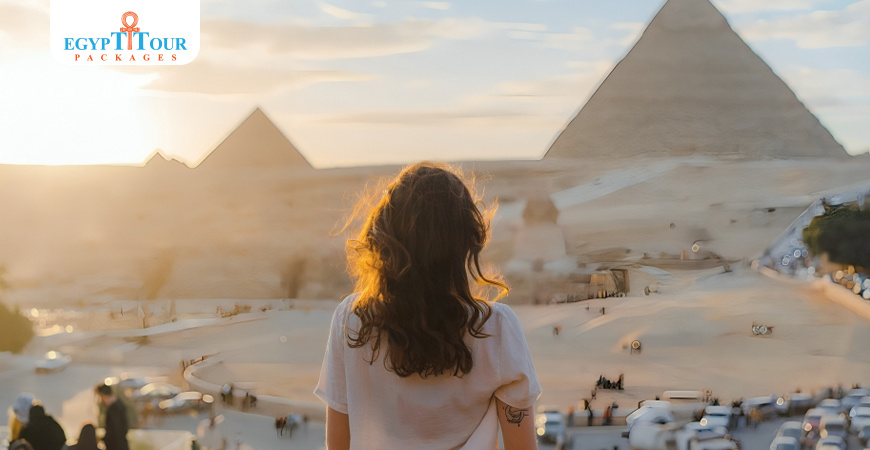
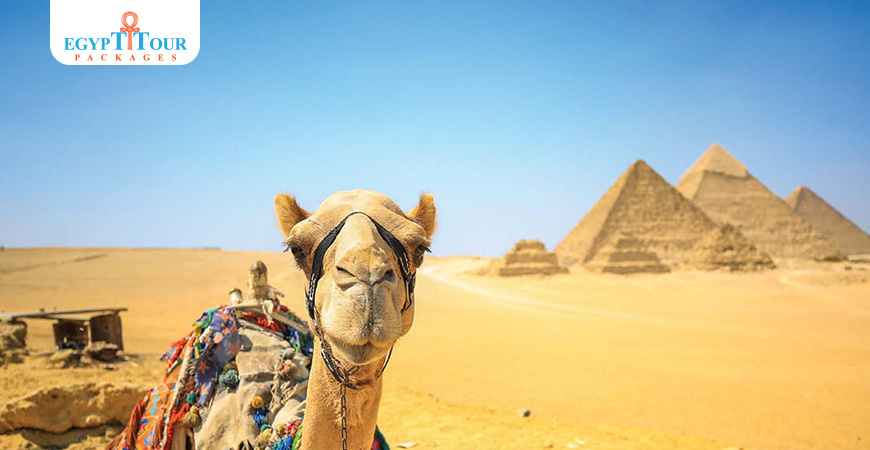











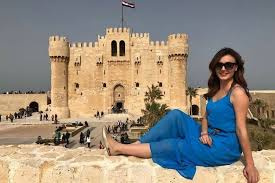

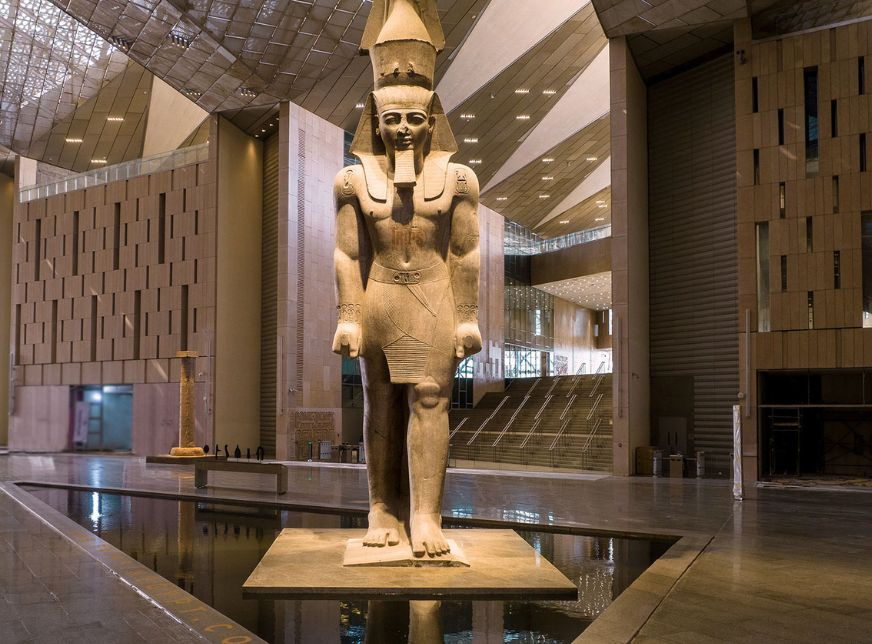


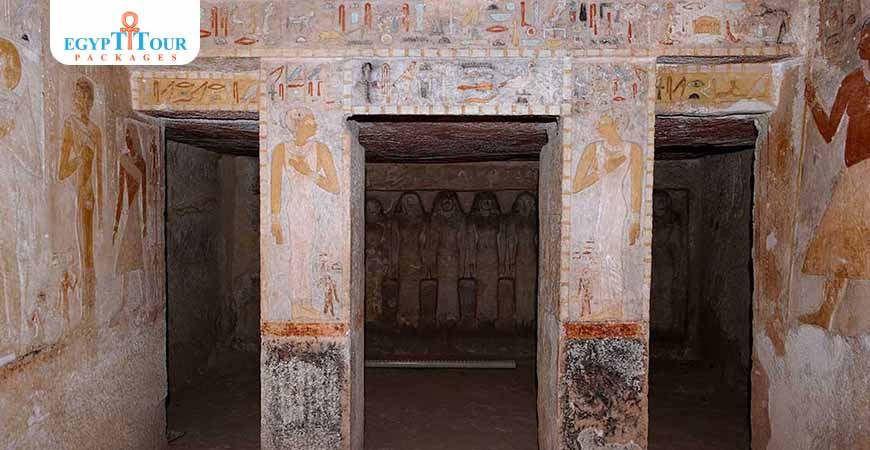





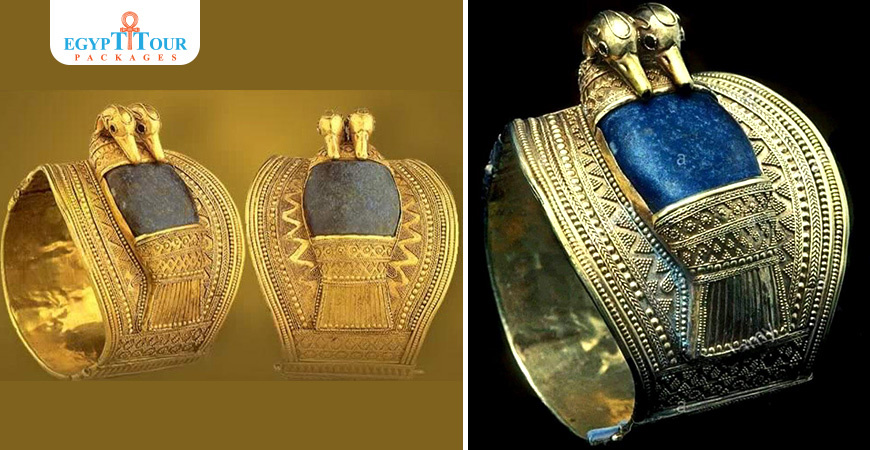


0 Comments